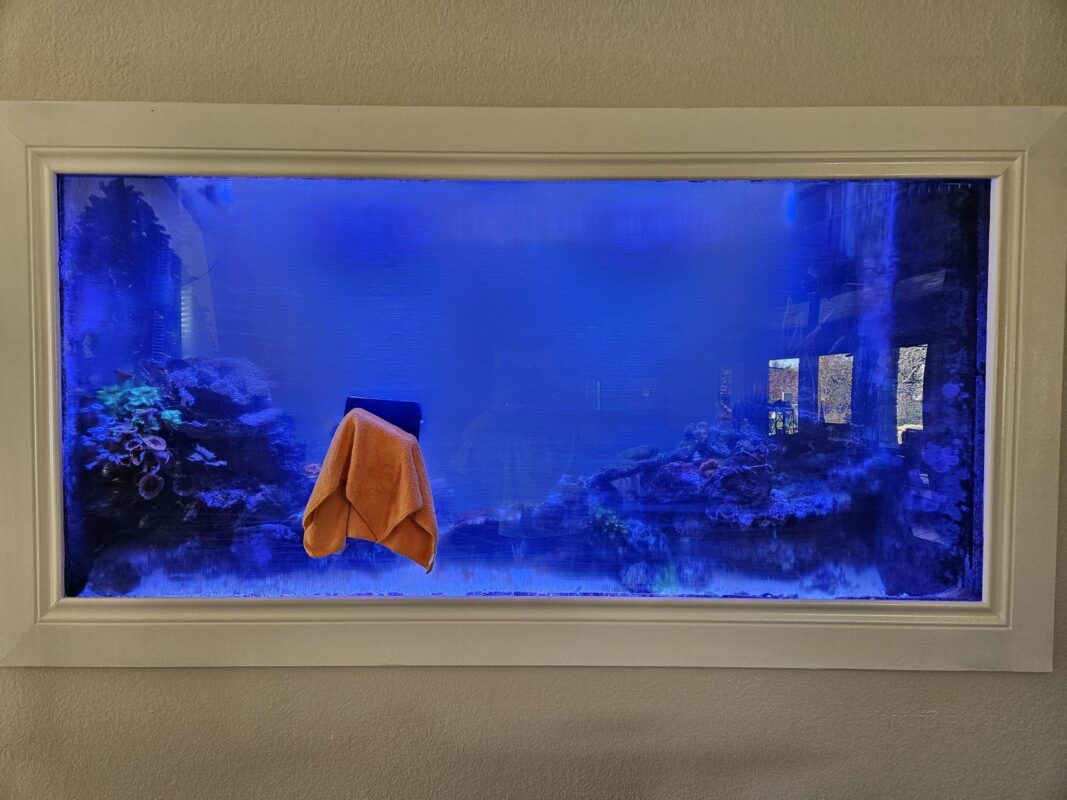Latest News
Acrylic Polishing in a Filled Aquarium? Myth vs. Fact
A piece of the glass vs. acrylic aquarium debate is how easily acrylic scratches vs. glass. Its true acrylic tanks do scratch much easier than glass. However, most people believe that once you get scratches inside of a filled acrylic aquarium that you have to either just live with ugly scratches inside your otherwise beautiful aquarium or that you have to completely drain and empty your aquarium and do “dry” acrylic polishing. Emptying a well-established reef or fish-only aquarium will definitely put stress on its inhabitants. Not only that, it is a major undertaking and a pain in the rear to set up alternate tanks or holding bins with appropriate life support and lighting to support the primary aquarium inhabitants, live rock, and sand.
The truth is that you can do acrylic polishing inside of a filled aquarium. You can “wet” polish out scratches and coralline algae that can’t be removed by other means. It is definitely not for the faint of heart. It will definitely look a lot worse before it looks better.
How do you do wet acrylic polishing? The short story is that you use wet/dry sand paper from the lowest grit needed to buff out your scratches or coralline algae all the way up to 15,000 grit sand paper. Its important to use each and every available grit size until you work your way up to the 15,000 grit sand paper. Do not use circular motions. Use vertical and horizontal motions.
For extremely large aquarium displays we use a diver and an air driven polishing machine to remove internal scratches or defects in the acrylic.
It is more art than science. I highly recommend you use an experienced service and maintenance company like Fish Nerd Aquatics to do your wet acrylic polishing.
Let us know your experiences with wet acrylic polishing.



